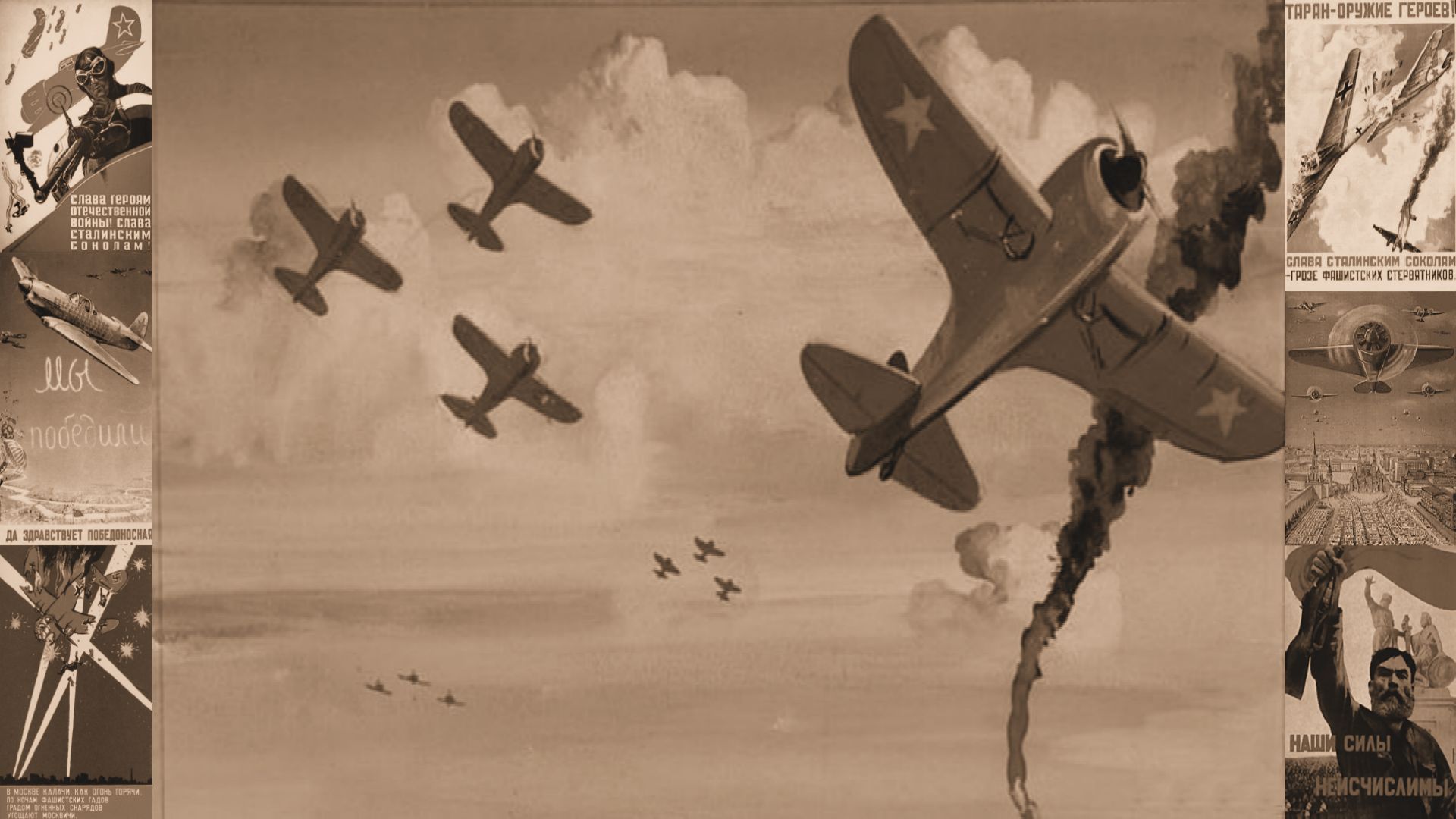The Mikoyan-Gurevich MiG-3 was a Soviet fighter aircraft used during World War II. It was a development of the MiG-1 by the OKO of Zavod No. 1 to remedy problems that had been found during the MiG-1's development and operations.
Development
Mikoyan-I-Gurevich design bureau is a Russian military aircraft design bureau primarily for fighter aircraft. It was formerly a Soviet design bureau founded by Artem Mikoyan and Mikhail Gurevich, known as MIG. The Mikoyan-Gurevich MiG-1 was a Soviet fighter aircraft of World War II that was designed to meet a requirement for a high-altitude fighter issued in 1939. To minimize demand on strategic materials such as aluminum, the aircraft was mostly constructed from steel tubing and wood. Flight testing revealed a number of deficiencies, but it was ordered into production before they could be fixed. Although difficult to handle, one hundred were built before the design was modified into the MiG-3. The aircraft was issued to fighter regiments of the VVS(Soviet Frontline Aviation) in 1941, but most were apparently destroyed during the opening days of Operation Barbarossa, the German invasion of the Soviet Union in June 1941. On 22 June 1941 at the beginning of Operation Barbarossa, some 981 were in service with the VVS and the PVO(Soviet Anti Aircraft Division). The large number of defects noted during flight testing of the MiG-1 forced Mikoyan and Gurevich to make a number of modifications to the design. Testing was done on a full-size aircraft in the T-1 wind tunnel belonging to the Central Aero and Hydrodynamics Institute (TsAGI) to evaluate the problems and their proposed solutions. The MiG-3 was difficult to fly in peacetime and much more so in combat. It had been designed for high-altitude combat but combat over the Eastern Front was generally at lower altitudes where it was inferior to the German Messerschmitt Bf109E as well as most modern Soviet fighters. It was also pressed into service as a fighter-bomber during the autumn of 1941 but it was equally unsuited for this. A number of MiG-3s were found to have unacceptable performance at high altitudes despite being designed as a high-altitude interceptor. The oxygen supply was often insufficient and the stall and spin characteristics were very dangerous, especially to inexperienced pilots. This was demonstrated on 10 April 1941 when three pilots of the 31st Fighter Regiment of the Air Defenses (IAP PVO) attempted to intercept a German reconnaissance aircraft over Kaunas, Lithuania flying at 9,000 m (30,000 ft). All three aircraft entered irrecoverable spins and the pilots were forced to bail out, one being killed.
Back to Top
In Service
On 22 June 1941, most MiG-3s and MiG-1s were in the border military districts of the Soviet Union. The Leningrad Military District had 164, 135 were in the Baltic Military District, 233 in the Western Special Military District, 190 in the Kiev Military District and 195 in the Odessa Military District for a total of 917 on hand, of which only 81 were non-operational. An additional 64 MiGs were assigned to Naval Aviation, 38 in the Air Force of the Baltic Fleet and 26 in the Air Force of the Black Sea Fleet. Most of the MiG-3s assigned to the interior military districts were transferred to the PVO where their lack of performance at low altitudes was not so important. On 10 July 299 were assigned to the PVO, the bulk of them belonging to the 6th PVO Corps at Moscow, while only 293 remained with the VVS, and 60 with the Naval Air Forces, a total of only 652, despite deliveries of several hundred aircraft. By 1 October, on the eve of the German offensive towards Moscow codenamed Operation Typhoon, only 257 were assigned to VVS units, 209 to the PVO, and 46 to the Navy, a total of only 512, a decrease of 140 fighters since 10 July, despite deliveries of over a thousand aircraft in the intervening period. By 5 December, the start of the Soviet counter-offensive that drove the Germans back from the gates of Moscow, the Navy had 33 MiGs on hand, the VVS 210, and the PVO 309. This was a total of 552, an increase of only 40 aircraft from 1 October. Over the winter of 1941-42 the Soviets transferred all of the remaining MiG-3s to the Navy and PVO so that on 1 May 1942 none were left on strength with the VVS. By 1 May 1942, Naval Aviation had 37 MiGs on strength, while the PVO had 323 on hand on 10 May. By 1 June 1944, the Navy had transferred all its aircraft to the PVO, which reported only 17 on its own strength, and all of those were gone by 1 January 1945. Even with the MiG-3's limitations, Aleksandr Pokryshkin, the third-leading Soviet, and Allied, ace of the war, with 53 official air victories (plus six shared), recorded a number of those victories while flying a MiG-3 at the beginning of the war. Altogether, some 3,300 Mig-3's of all variants were built during the war.
Back to Top


